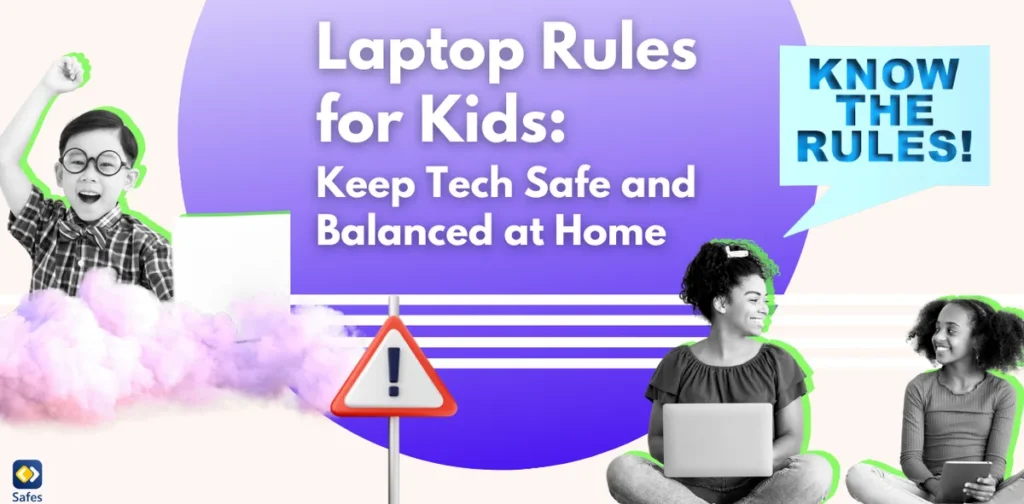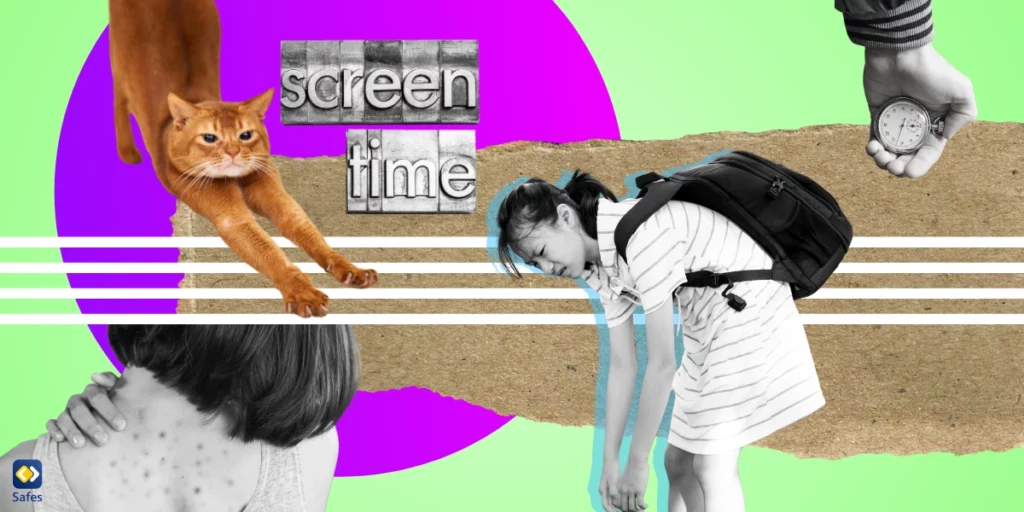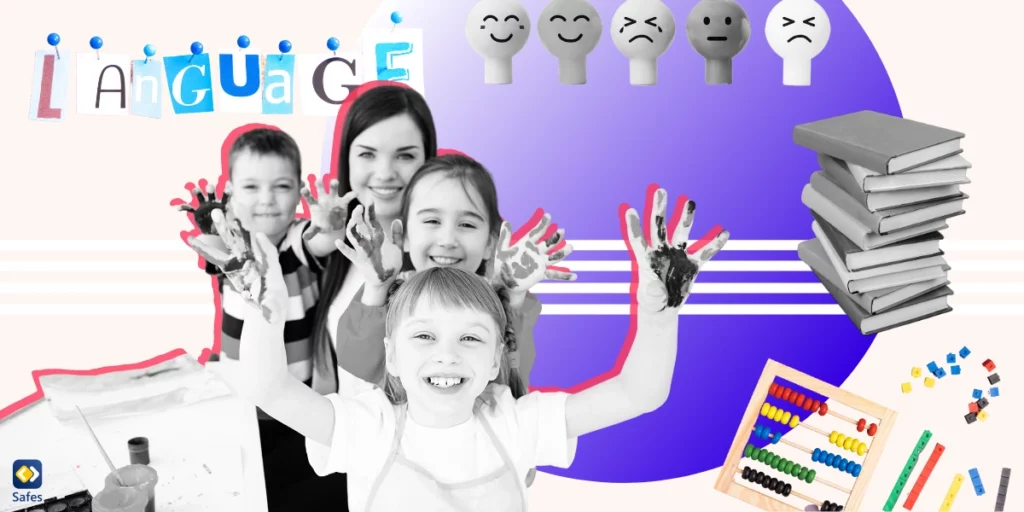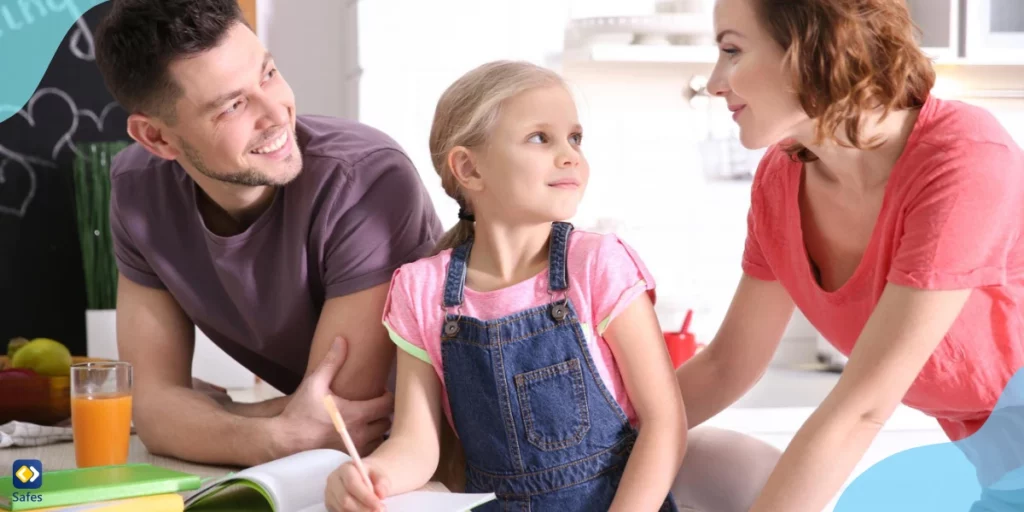Gross and fine motor skills are essential components that connect children’s physical and cognitive development in the process of child development. This blog post delves into the nuanced realm of these essential skills, offering a comprehensive exploration of their development and impact. From the foundational gross motor skills that govern large muscle movements to the intricate fine motor skills critical for detailed tasks, understanding these skills is vital. Here, we unravel the complexities of motor skills development, providing insights and practical strategies to nurture these abilities, fostering a harmonious balance in a child’s developmental journey.
Download and Start Your Free Trial of the Safes Parental Control App
Understanding and Differentiating Motor Skills
Navigating the world of child development can be a complex journey, especially when it comes to understanding motor skills. Here, we delve into the world of motor skills development in children, breaking down key concepts and offering practical insights.
Introduction to Motor Skills Development
Motor skills are the foundation of a child’s physical development, encompassing the abilities required for movement and coordination. Understanding what motor skills means is crucial for parents and educators alike. These skills are broadly categorized into two types: gross and fine motor skills. Examples of motor skills range from basic actions like crawling and walking to more complex activities such as writing and cutting with scissors. Each skill plays a vital role in a child’s growth and independence.
Differentiating Gross and Fine Motor Skills
According to Early Impact, the difference between fine and gross motor skills lies primarily in the muscle groups they engage. Gross motor skills involve the use of larger muscles in the body, essential for activities like running, jumping, and swimming. These skills are often the first to develop in children, as they lay the groundwork for more refined movements. On the other hand, fine motor skills utilize smaller muscles, crucial for tasks requiring precision and coordination, such as buttoning a shirt or drawing. Understanding the distinction between gross v fine motor skills helps in tailoring activities that support each area of development effectively.
Fine and gross motor skills, though different, are interconnected. The large muscles used in gross motor activities provide the stability and strength needed for fine motor movements. For instance, a child needs the core strength (a gross motor skill) to sit upright at a desk, which in turn supports the hand and finger movements (fine motor skills) required for writing. Recognizing this interplay is key to fostering a balanced development in children.
Explanation of Gross and Fine Motor Skills
To further understand these concepts, let’s explore examples of gross and fine motor skills. Gross motor skills involve activities like running, hopping, and throwing a ball. These actions require coordination and strength from the body’s larger muscles. They are often more visible and are the building blocks for many everyday tasks. Fine skills examples, however, include more intricate activities such as threading beads, writing, or using utensils. These tasks rely on fine motor movements, engaging the smaller muscles of the hands and fingers.
The development of both sets of skills is crucial for a child’s overall growth. While gross motor skills lay the foundation for active, healthy lifestyles, fine motor skills are essential for academic success and daily living tasks. Encouraging a variety of activities that promote both fine and gross motor skills can lead to well-rounded physical and cognitive development in children. Whether it’s through sports, arts and crafts, or simple play, nurturing these skills from an early age sets the stage for a lifetime of learning and exploration.
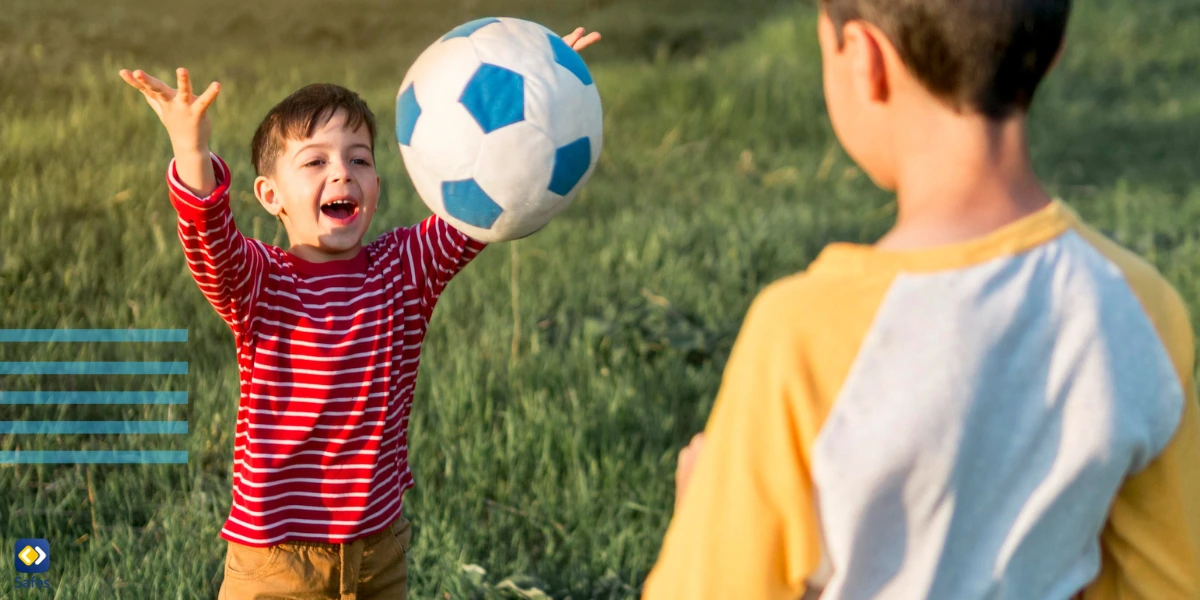
Development and Enhancement of Motor Skills
Motor skills in children are like seeds that need nurturing to grow and flourish. As parents and caregivers, understanding and aiding this development is crucial for a child’s overall growth.
Developmental Milestones
By the time a child reaches around 18 months, significant developmental milestones in motor skills become evident. This is a period marked by a surge in body movement, where toddlers start to master walking, running, and exploring their physical abilities. Observing these milestones provides insight into their motor skill development, helping us tailor activities and support to their needs.
It’s important to remember that each child is unique, and while 18 months is a typical age for certain milestones, variations are normal. Encouraging body movement through play and exploration at this stage lays a strong foundation for more complex motor skills as they grow.
Activities to Enhance Motor Skills
When it comes to activities related to fine motor and gross motor skills development, variety is key. For developing fine motor skills, engaging in activities that involve hand and finger coordination can be immensely beneficial. This includes tasks like drawing, playing with blocks, or simple crafts that encourage precision and dexterity.
On the flip side, to develop gross motor skills, incorporating physical activities into a child’s routine is essential. Tummy time for younger children, climbing stairs, and outdoor play are excellent ways to strengthen their larger muscle groups. These activities not only enhance physical abilities but also contribute to their overall health and well-being.
Tools and Toys to Support Motor Skills Development
Selecting the right tools and toys can significantly impact a child’s motor skills development. For fine motor skills, musical instruments for kids are a fantastic choice. They not only improve hand-eye coordination but also stimulate cognitive development and creativity.
When it comes to gross motor skills, learning how to teach someone to ride a bike can be a rewarding experience. Biking is not just about physical strength; it also enhances balance, coordination, and spatial awareness. Choosing activities and tools that align with your child’s interests will make the learning process more enjoyable and effective.
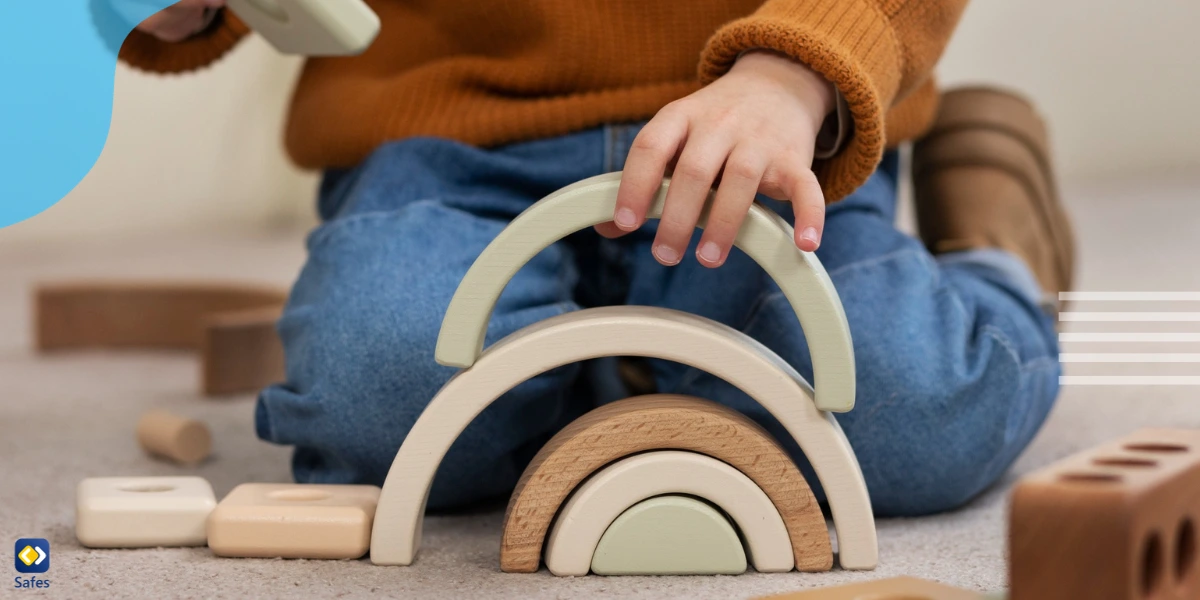
Support, Monitoring, and Resources
Cultivating gross and fine motor skills development in children is a journey that evolves as they grow. It’s about finding the right balance between guidance and letting them explore. Here’s how you can seamlessly integrate skill development into their daily lives and ensure they’re on the right track.
Incorporating Skills Development Into Daily Routines and Celebrating Progress
Integrating motor skill development into everyday activities can be a game-changer. Think of it as embedding fun skills to learn into the fabric of daily life. For instance, setting up a mini obstacle course using cushions can enhance gross motor skills while making tidying up a playful challenge. Similarly, involve your child in cooking activities; stirring and kneading can be excellent for fine motor development. The key is to make these activities enjoyable and part of the routine, rather than a chore.
Celebrating progress, no matter how small, is crucial. Did your child successfully tie their shoelaces or complete the obstacle course faster than before? Celebrate these milestones! This not only boosts their confidence but also reinforces their interest in learning new skills. Remember, every child’s pace of development is unique, so cherish each step forward.
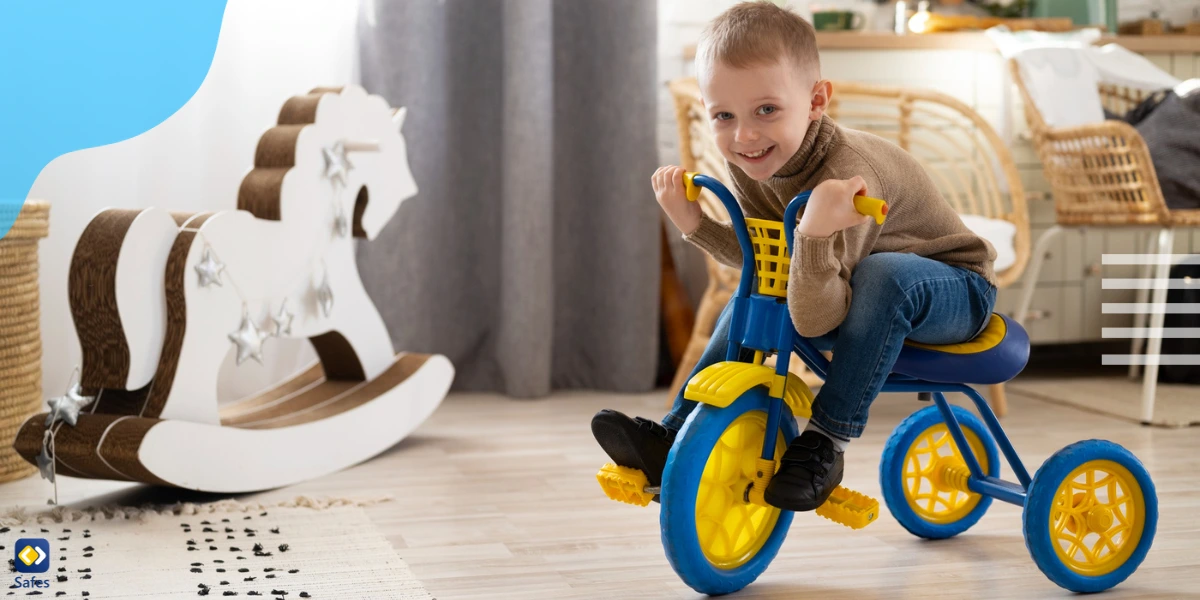
Addressing Concerns and Seeking Support
If you notice your child struggling with motor skills, don’t hesitate to seek professional advice. An occupational therapist can provide tailored strategies to support your child’s development. Occupational therapy focuses on helping children master everyday tasks and activities, which can be crucial for those facing challenges in motor skills.
In some cases, physical therapy might also be recommended. This is particularly helpful if the challenges are more related to gross motor skills, like balance and coordination. Remember, early intervention can make a significant difference, so it’s important to address any concerns promptly and seek the appropriate support.
Resources for Further Learning and Support
For parents and educators seeking to deepen their understanding and support of children’s motor skills especially in early childhood development, several key resources stand out. The book Growing an In-Sync Child by Carol Kranowitz and Joye Newman is an invaluable guide, offering a plethora of activities tailored to improve children’s motor skills. Websites like Zero to Three and Pathways are treasure troves of information, providing insights into developmental milestones and practical tips for nurturing motor skills. Additionally, community forums such as the BabyCenter Community offer a platform for sharing experiences and advice, making them invaluable for parents and caregivers. These resources not only offer guidance but also a sense of community and support, essential in the journey of fostering a child’s growth and development.
Digital Harmony With Safes
Our parental control app, Safes, can support your child’s development in gross and fine motor skills. With Safes, you can gently guide their digital exploration while ensuring a safe online environment. Our app offers a balanced approach to screen time management and content filtering, aligning with your child’s developmental needs. Trusted by over 50,000 families, Safes helps you create a nurturing digital space for your child. Consider Safes, available on iOS and Android, for a thoughtful way to integrate digital safety into your child’s growth and learning journey. Sign up for a free trial with Safes to access activities and tools that enhance both gross and fine motor skills.
The Last Word
Children’s development of both fine and gross motor abilities is a dynamic, multidimensional process that is essential to their entire growth. Through comprehension of these abilities, distinguishing between them, and participating in focused exercises, caregivers and instructors may proficiently foster kids’ physical and mental development. There are numerous and diverse chances to improve these talents, whether through play, regular activities, or specialized equipment. Recall that every kid develops differently, and it’s important to recognize and celebrate any growth, no matter how tiny. By utilizing our creativity, patience, and appropriate tools, we may direct our kids on a well-rounded and stimulating developmental journey.
Your Child’s Online Safety Starts Here
Every parent today needs a solution to manage screen time and keep their child safe online.
Without the right tools, digital risks and excessive screen time can impact children's well-being. Safes helps parents set healthy boundaries, monitor activity, and protect kids from online dangers—all with an easy-to-use app.
Take control of your child’s digital world. Learn more about Safes or download the app to start your free trial today!

